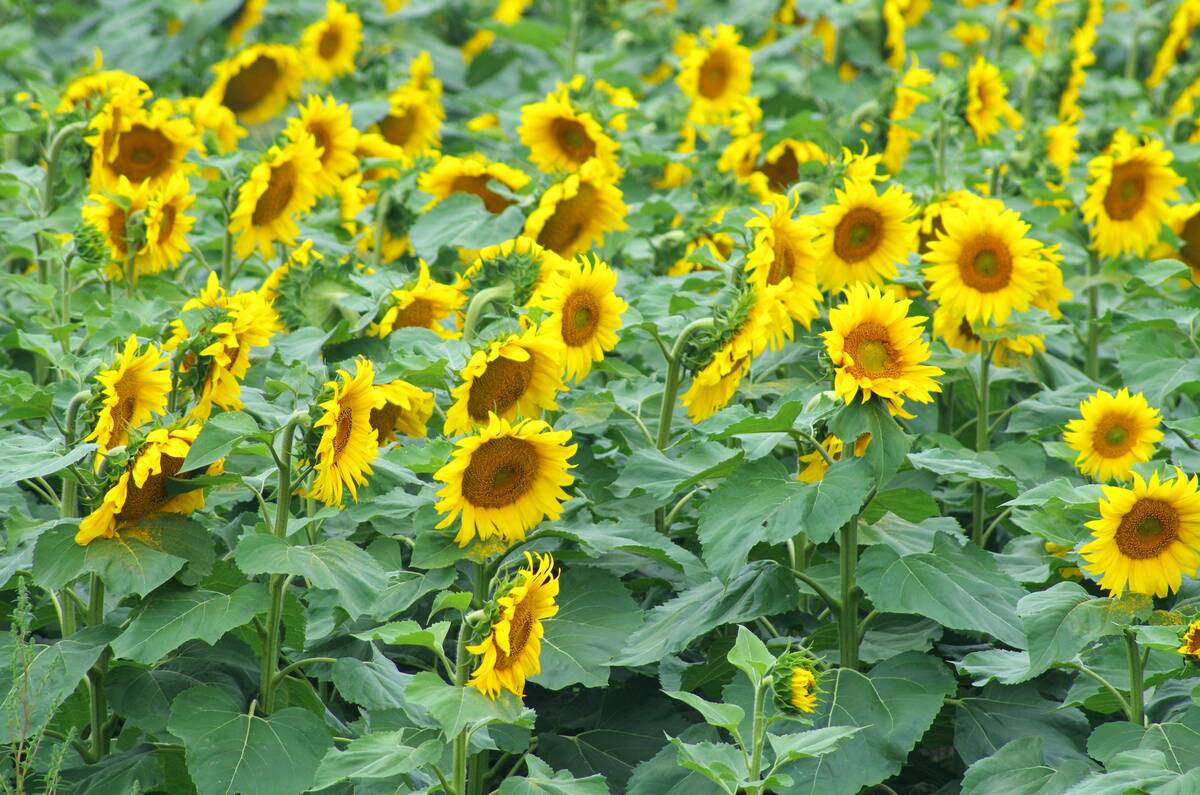University of Saskatchewan scientists have discovered a new use for
snakeroot that might put some extra change in farmers’ pockets.
Alberto Estrada and three other researchers from the university’s
agriculture college have learned that the prairie plant makes an ideal
carrier for vaccines.
Estrada and two of his colleagues have applied for an American patent
on the process, which he said might be good news for farmers.
“This has the potential to be a great cash crop for prairie farmers. We
Read Also

Bird repellent gets emergency approval for sunflowers
Bird repellent gets emergency approval for sunflowers
need to study how to grow it, but it is well adapted to our climate and
soils.”
Snakeroot is a wild harvested plant found in abundance in Manitoba’s
Interlake region and in southern Saskatchewan. Native Americans used it
to treat snakebites, sore throats and coughs. More recently, its
pungent roots were sold to patent medicine makers and herb dealers
around the world.
It might also make a good adjuvant, which is the carrier required by
antigens in vaccines to make them more effective.
Snakeroot’s roots contain a substance called saponin.
“Research has shown that saponins greatly improve the effectiveness of
some vaccines, especially some that are difficult to make work well,”
Estrada said.
Alum is currently the only licensed adjuvant for humans. Scientists
said it is less than ideal for acting as a “helper” chemical for
anti-viral and intercellular vaccines such as tuberculosis or
brucellosis. Saponins, on the other hand, are good at kickstarting the
immune response in mammals when injected along with viral and
intercellular antigens.
Snakeroot’s path to success may have been paved by the bark of the
quillaja tree, which grows in Chile. It contains saponins similar to
those of snakeroot and is in its third year of human trials in the
United States.
Lorne Babiuk, a vaccine research scientist and head of the Veterinary
Infectious Disease Organization in Saskatoon, said better adjuvants are
being tested for human use, but saponins may reach the marketplace
first. He said saponins have long played an historical role in
traditional Asian medicine.
“Saponins are an adjuvant of the past. There may be some new role in
human medicine, but there are some new things in the pipeline there,
too.”
Babiuk said he doesn’t expect that snakeroot saponins will be found in
a lot of veterinary medicines because effective intercellular and viral
adjuvants are already available.
The plant is only cultivated in Japan, although it is a different
variety from the one found in Canada.
















